Epidemiology of nematode parasites of sheep around Jimma, southwestern Ethiopia

Authors:
An investigation was made into the epidemiology of nematode infections of sheep in two districts of Jimma zone, southwestern Ethiopia. We used two approaches—long-term monitoring of identified sheep for nematode infection and abattoir or market survey for analysis. In the first monitoring regime, we used 80 lambs [40 sheep (20 per sex) from each district (Dedo and Yebu)] averaging 4–5 months of age. Faecal egg counts (FEC), packed cell volume (PCV) and body weight changes were monitored over a period of 1 year. Additionally, faecal samples were collected (on a weekly basis) from sheep brought to abattoir/market for 1 year to monitor faecal egg counts. The nematode parasite burden, as judged by FEC and PCV, was generally low indicating that the climatic conditions are not conducive to the development and survival of nematode eggs and the free-living stages; hence, little transmission occurred. In the experimental flocks, the highest FEC and lower PCV were recorded during the long rainy season (June to September) with peak in August and September. Faecal samples collected from abattoir/market also followed the same trend. Results from experimental sheep indicated that location had a significant (P < 0.01) effect on FEC, PCV and average daily body weight gain. The FEC and PCV for sheep in Yebu (mid-altitude) district were 126 ± 3.33 and 30.6 ± 0.26, whereas the values for Dedo (highland) were 93 ± 4.35 and 32.0 ± 0.21, respectively. The results indicate that the highland areas are comparatively less favourable to the survival and development of nematodes. Female lambs had lower FEC and higher PCV compared to male lambs (P < 0.05). The overall nematode parasite challenge in the area, however, is low. We, therefore, recommend rotational grazing management combined with monitoring parasite load and selective treatment to reduce productivity loses and pasture contamination.
